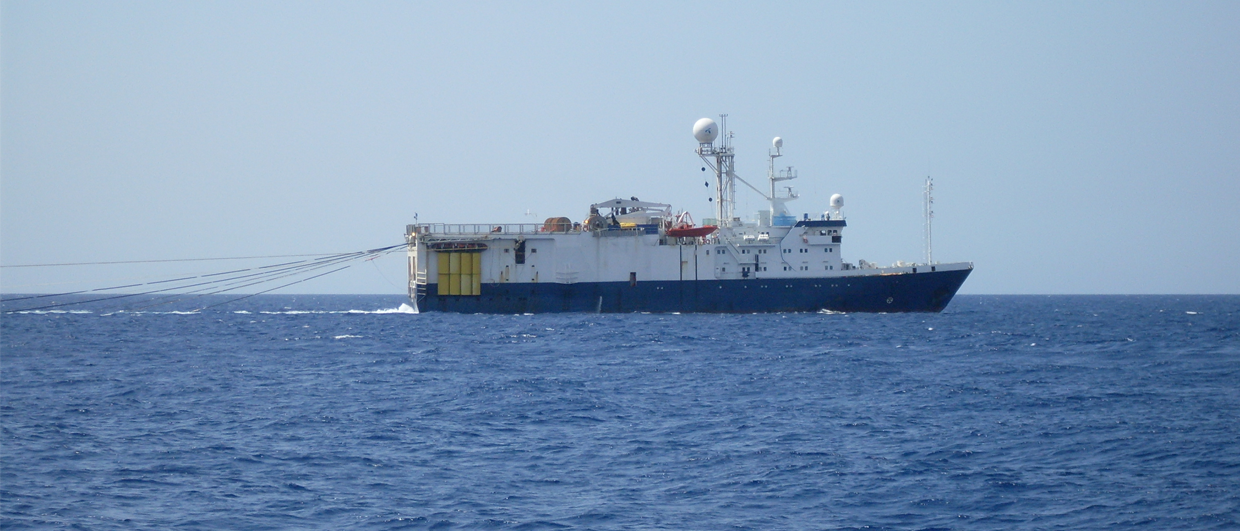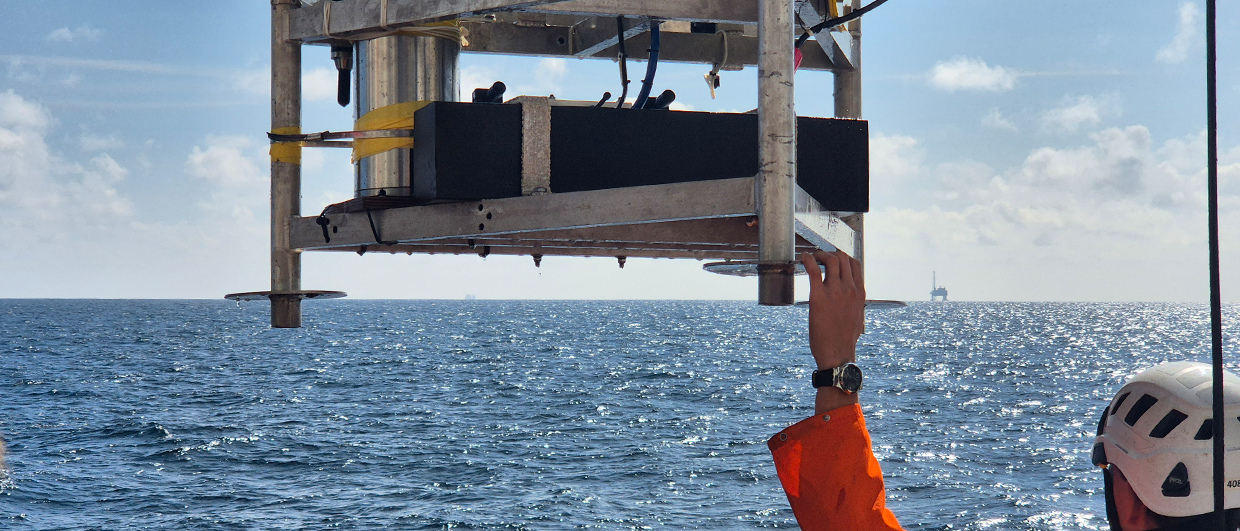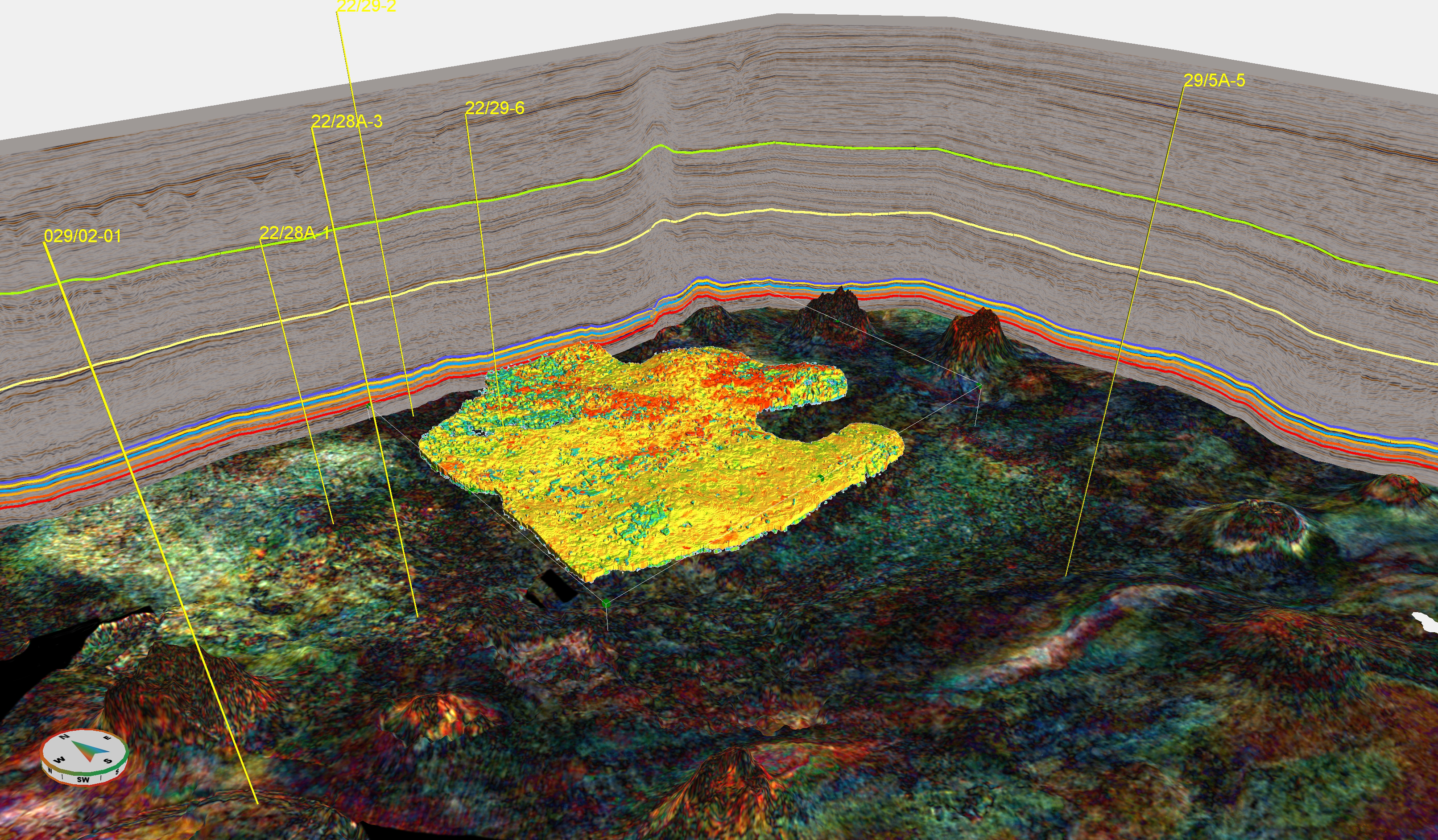
The 13th smallest field in volume on the Norwegian Continental Shelf (NCS), the Aker BP-operated Skogul field in the mid-North Sea, got the green light for production, according to a press release from the Norwegian Petroleum Directorate (NPD).
Skogul holds 9.8 MMboe of oil and gas. The field with the tiniest reserves is the Sindre field, a satellite field produced from the Gullfaks C, originally with 0,44 MMboe.
As for the large, neighbour Frigg field to the North, now closed-down, Skogul has its reservoir in sandstones of Eocene age with excellent properties for production, according to the NPD Factpages.
These sands belong to the Frigg Formation (Fm), which was deposited as submarine fans on the NCS, by gravity flows. The mode of deposition led to the formation varying in thickness over short distances.
There are several discoveries and fields in the Frigg Fm in the area. In the Frigg field, these sands were deposited as turbidites, with porosity ranging from 27 per cent to 32 per cent and permeability from one to five Darcy, according to the NPD CO2 atlas. The sediment source for the Frigg Fm was the East Shetland Platform on the UKCS to the west.
These sands are often unconsolidated, as seen in the 2009 Statoil (Equinor) operated discovery well 25/2-17 (Frigg delta), which are likely to be developed with the Elf-operated (now Total) 25/2-10 S (Frigg- GammaDelta) discovery of 1985.
The Skogul discovery well, 25/1-11 R and the appraisal well 25/1-11 A, encountered two different lithologies of the Frigg Fm back in 2010. The upper part of the Frigg Fm consists of claystone with a few thin sandstone interbeds and traces of siltstone and limestone. The lower part consists of massive sandstone interrupted by thin beds of claystone.
The well also targeted the Hermod and Heimdal Fms, and both were water-wet. Skogul will be produced through a two-slot subsea template including a two-lateral production well, via the Vilje field, tied-in to the Alvheim production, storage and offloading vessel (FPSO).
Text: TERJE SOLBAKK




